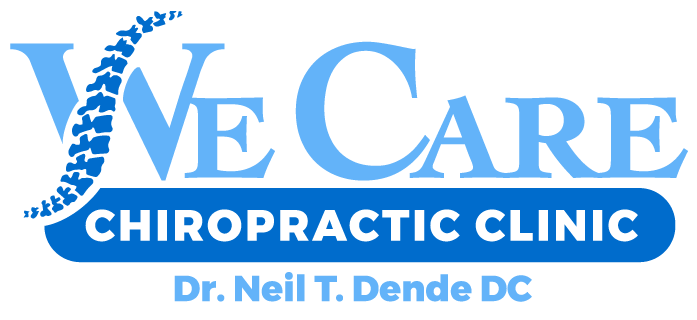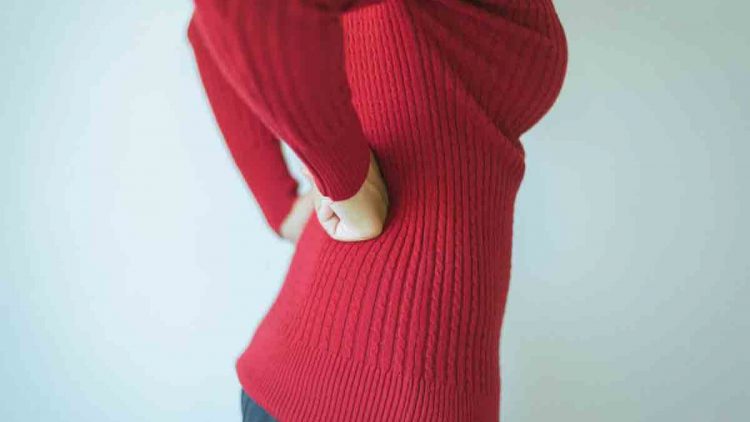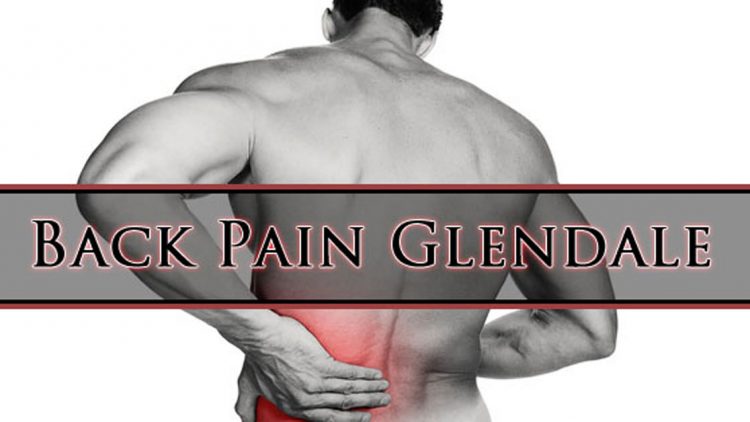Does Covid Cause Back Pain?
WE CARE CHIROPRACTIC
24/7 Emergency Auto Injury Appointments In Glendale, AZ
Back pain is developing as a plausible symptom of Covid-19. We are beginning to see people that have reportedly unusual severe and continual back pain following having Covid-19. However, if you have back pain, does not mean that you have the virus. Is Covid-19 causing your back pain?
Back pain because of Covid-19 seems to happen later in the disease. It’s doubtful to be an early symptom. It can even arise as you appear to be improving from the leading symptoms of shortness of breath, cough, the loss of smell/taste and exhaustion. Obviously, if you had back pain prior to getting Covid-19, it can happen again, and the virus might make it worse.
How can I tell if my back pain is because of Covid-19
When you had back pain prior to getting the virus you’ll know what it feels like. Some back pain that is in different areas than you’re used to raises question that Covid-19 is the culprit.
Mel’s story
“I got occasional backaches but it was always in the middle and I would come to Sundial to get it sorted out. Then I went down with Covid. The symptoms were pretty mild – a bit tired and achy and a cough but I felt better after about two weeks. Then I started feeling really bad back pain in my hip on one side. It was like nothing I had felt before and went on for a month. Then it just went away.”
Back pain with Covid-19 is going to feel different. It is probable to feel like a deep, severe pain rather than the sharp, piercing pain that usually arises with joint or muscle spasms of typical back pain. Most important, Covid-19 back pain is less likely to decrease with the switching of posture. For example, typical back pain is usually better when you’re lying down, standing up or, uncommonly, sitting down. Covid-19 back pain is probable to persist in all positions but could be worse in others.
How come back pain with Covid-19 occurs?
The Covid-19 virus produces its havoc by increasing inflammation. When this inflammation sinks in a back or pelvic area, pain is going to be the outcome.
One other cause is not directly associated to the virus but is caused by the inactivity that comes with it. When you feel ill, exhausted, and achy you are probably going to be less active. This inactivity could bring on typical back pain and other types of joint and muscle inflexibility. Those aches and pains are then exasperated by Covid-19. Many people experience shoulder and arm issues following Covid-19 too, particularly when they have been in the hospital.
There’s more. When you have a cough, it could also put strain on your lower back. To feel the effects on your lower back, stand up, put your hands on either side of your lower back and cough lightly. You should feel your low back produce a little jerk. Picture this happening repeatedly with a Covid-19 cough and you can imagine why it aggravates low back joints.
What can I do if I have back pain with Covid-19?
Covid-19 associated back pain will get better over time, however, you can help with some light exercises.
Important: when you are out of breath – take it easy. Take fewer reps and for shorter times.
Throughout the day don’t forget to change your posture frequently so you don’t stiffen up in one position. As you are improving you can do more exercises such as walking or utilizing resistance bands. You could also find home exercises on YouTube.
When your back symptoms get worse or are not getting better after four weeks then book an appointment to meet with one of our chiropractors and we will assess you. When you have underlying joint pains or muscle spasms these are going to need to be remedied for the pain to dissipate.
Glendale Back Pain Chiropractic Treatments
The treatments that Chiropractic’s offer is seriously worth giving a try. However, be sure to see a Chiropractic that has many years of experience in order to be certain you are going to be getting a treatment that is going to be effective, and to be on the safe side. These treatments will not just make you feel better, they will also help you to function better too! The treatments can help you to say good riddance to lower back pains.
To schedule back pain chiropractic treatments
in Glendale call (623) 825-4444
AT WE CARE CHIROPRACTIC, WE GOT YOUR BACK!





